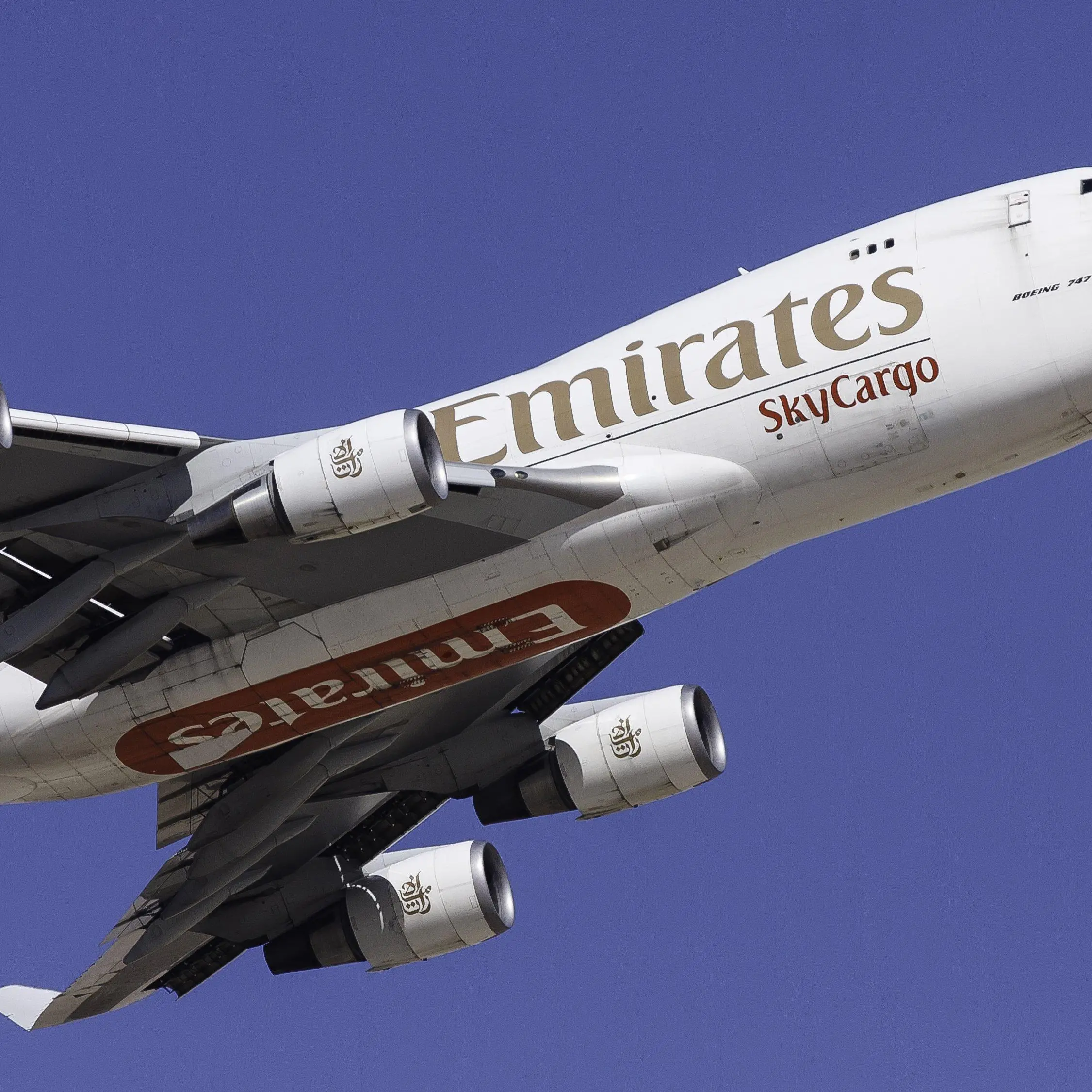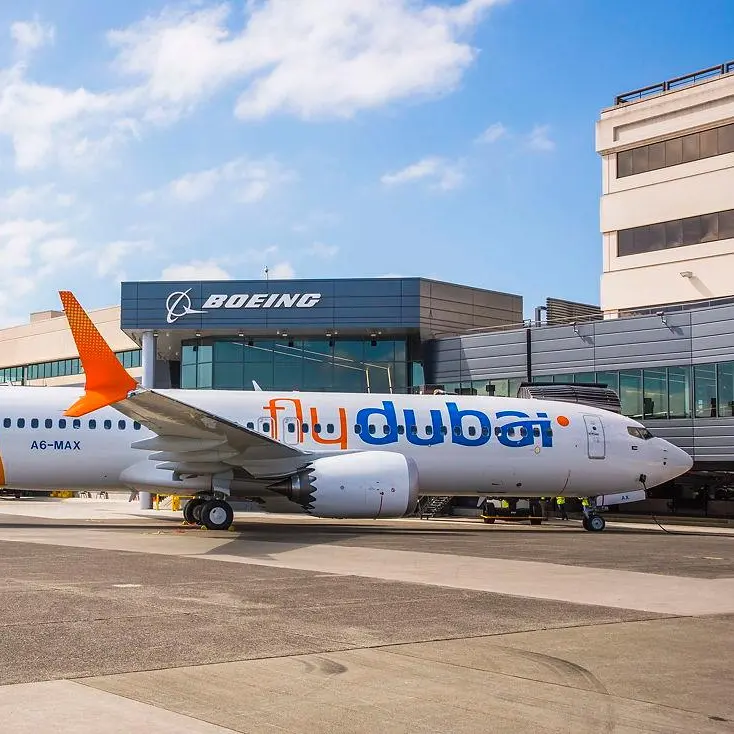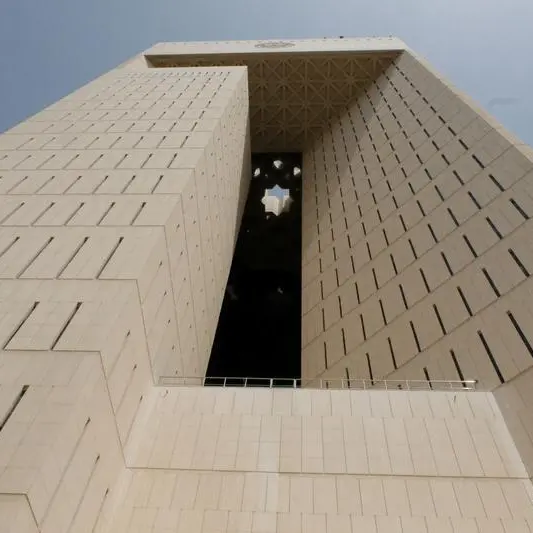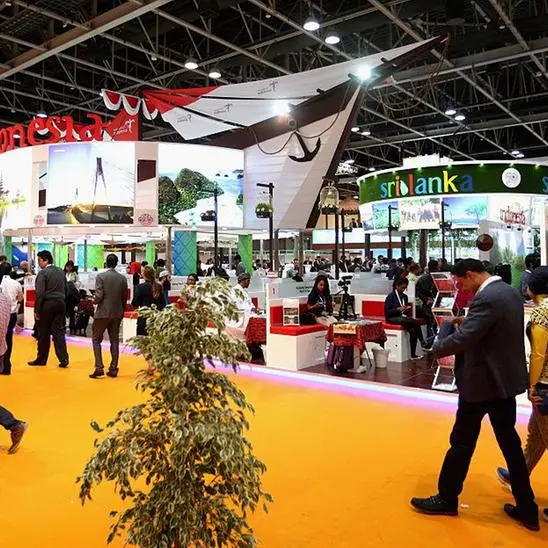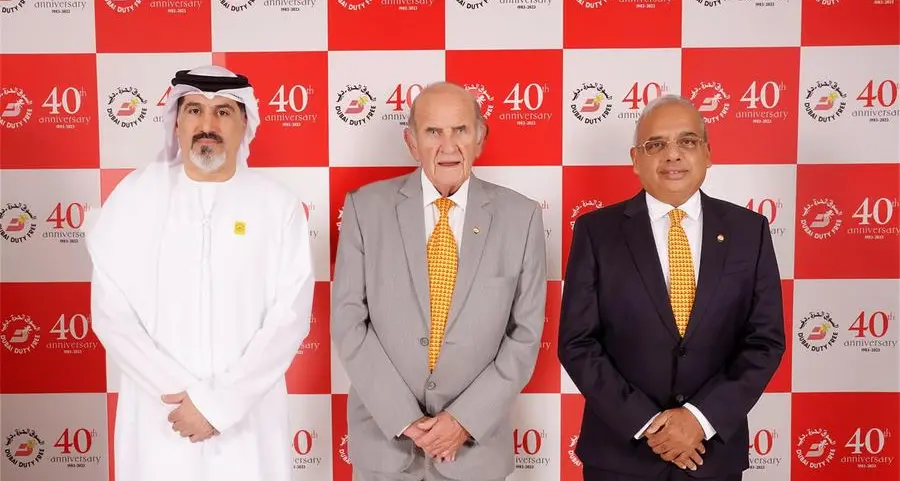PHOTO
The UAE, Qatar and Egypt are among the 10 most promising emerging markets, according to Renaissance Capital.
Emerging markets have had a torrid time in recent years, with some of the world's most promising markets - China, India, Russia, Nigeria, South Africa and Mexico - stumbling due to a mixture of lack of reforms and growing pains.
As such investors have been scouring the globe for more promising emerging markets, and a few Middle East countries fit the bill.
"We see much greater scope for private sector credit growth to rise in a sustainable way in Egypt, and potentially Saudi Arabia, Qatar and the UAE over 2015-2016," said Charles Robertson, economist at London-based Renaissance Capital.
MSCI's upgrade of the United Arab Emirates and Qatar to emerging market status last year and Saudi Arabia's decision to open its market to direct foreign investment in June also raises the region's profile.
S&P GCC was up 10% in the first four months of the year, compared to 9.6% for MSCI Emerging Market Index and a 1.8% for MSCI Frontier Markets Index.
Renaissance likes Egypt as an "under-banked economic reform story" and said it expected the government to continue pushing forward pro-growth reforms.
"So long as financial support from regional Gulf sponsors continues, then banks, real estate, and cement (are) likely to benefit from an acceleration in growth and investment," Robertson said in the report.
The dollar-pegged Qatar and UAE markets provide shelter from any emerging market currency sell-off, according to the investment bank, which said it prefers the UAE, which has greater economic diversification and a larger addressable market for corporations.
"The UAE's underperformance over the past 12 months versus low-beta Qatar has resulted in the UAE now trading at a discount to Qatar on a 12-month forward price-to-earnings (P/E) basis," Renaissance said.
The UAE's P/E stands at around 11.53x compared to 13.5x in Qatar.
PRIVATE SECTOR GROWTH
Renaissance Capital's MENA bank analyst, Ryan Ayache, assumes high GDP growth for both the UAE and Qatar, driven by higher debt.
"They have large current account surpluses so there is little risk of a blow-out from this angle," Renaissance said. "That's not to say the real estate sector can't blow up one day, as the UAE found out in 2008, and will need watching."
Egypt should also see a significant seven percentage point rise in debt to 41% of GDP by 2016 in the stock of claims on other sectors after a 10-year decline.
The increase in debt rise should lift domestic demand and GDP growth, especially as the loan/deposit ratio in Egypt is currently extremely low at around 40-50%, so there are few hurdles to financing the growth.
"The only potential negative impact could be on the current account, but Egypt is again at a healthy starting point and has room to grow faster," Robertson said.
Most notably an increase in global interest rates won't hurt the above mentioned Middle East economies as badly as other countries such as Greece, Portugal, South Korea, China, Thailand, Vietnam and Morocco.
"Opportunities exist in the Gulf (Qatar and the UAE) even after oil prices have halved," Renaissance said.
Among major emerging market stocks, Renaissance has a buy rating on UAE's Damac, Commercial Bank of Qatar, Egyptian companies Commercial International Bank Egypt SAE, Arabian Cement and Edita Food Industries.
SAUDI LEADS FRONTIER
Meanwhile, Saudi Arabia is leading the case for investment in frontier markets. The kingdom is ranked as the third most promising frontier market in the world, while Morocco (5th), Oman (ranked 7th) and Bahrain (ranked 9th) are among the most promising long-term plays for investors.
Saudi Arabia is already eyeing emerging market status, as it opens up its stock market in June. If the market enters the EM index, it could be an important driver, similar to Qatar and UAE's impact on emerging markets last year.
"Combined with domestic stimulus during the recent transition of rulers, the market has performed relatively well, and trades at a valuation premium to EM, FM and its regional peers," Renaissance said.
"We continue to like specific visible themes in healthcare, travel, retail and education - as the largest GCC population by far, we like the economies of scale available to corporates."
Within the wider EMEA emerging and frontier markets, the Renaissance report mentioned Pakistan, Nigeria, Kenya and Kazakhstan.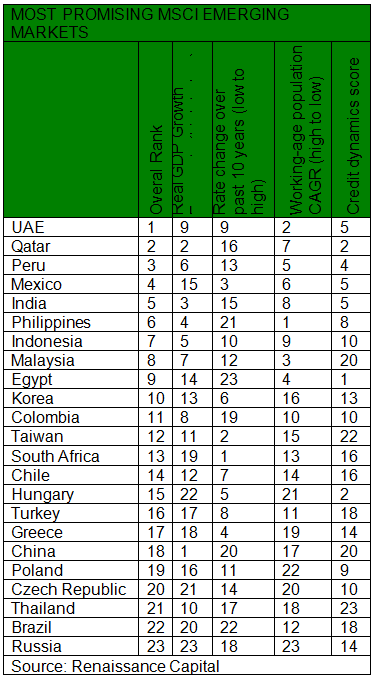
The feature was produced by www.alifarabia.com exclusively for www.zawya.com.
© Zawya 2015

